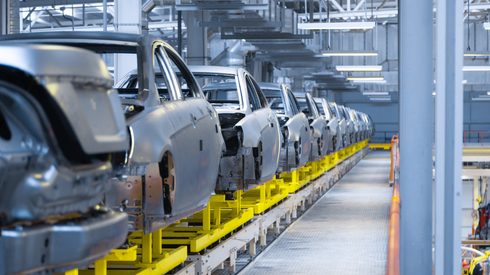Exports in May came in at 9.63 million tonnes, up by 15% from 8.36 million tonnes a year earlier, but down by 4% from 9.22 million tonnes in April.
Exports totaled 44.66 million tonnes in the first five months of 2024, up by 24.7% from 35.82 million tonnes (adjusted from 36.37 million tonnes) a year earlier.
China’s competitive export prices were the key factor behind higher export tonnages in May, sources told Fastmarkets.
May’s export cargoes were mainly booked in March and April, with Fastmarkets’ calculation of its steel hot-rolled coil index export, fob main port China averaged $535 per tonne in March and $529 per tonne in April.
These prices compare with higher ones from suppliers in other regions, which is reflected in Fastmarkets’ assessment for steel hot-rolled coil (commodity) export, fob main port India which averaged $578 per tonne in March and $560 per tonne in April.
But export trading became less active from May on the back of concerns among exporters over rumors of a potential crackdown of non-value-added-tax exports, sources said.
Imports
China imported 637,000 tonnes of finished steel in May, up by 1% from 631,000 tonnes a year earlier, but down by 3% from 658,000 tonnes in April, according to data from Chinese customs.
China imported 3.04 million tonnes of finished steel in the first five months of 2024, down by 2.7% from 3.13 million tonnes a year earlier.
We provide more than 250 steel prices, including industry benchmarks from across the globe. Fastmarkets’ steel price data combines the intelligence of industry-leading brands such as Metal Bulletin, American Metal Market, Scrap Price Bulletin and Industrial Minerals. Talk to us about our steel price data options today.





